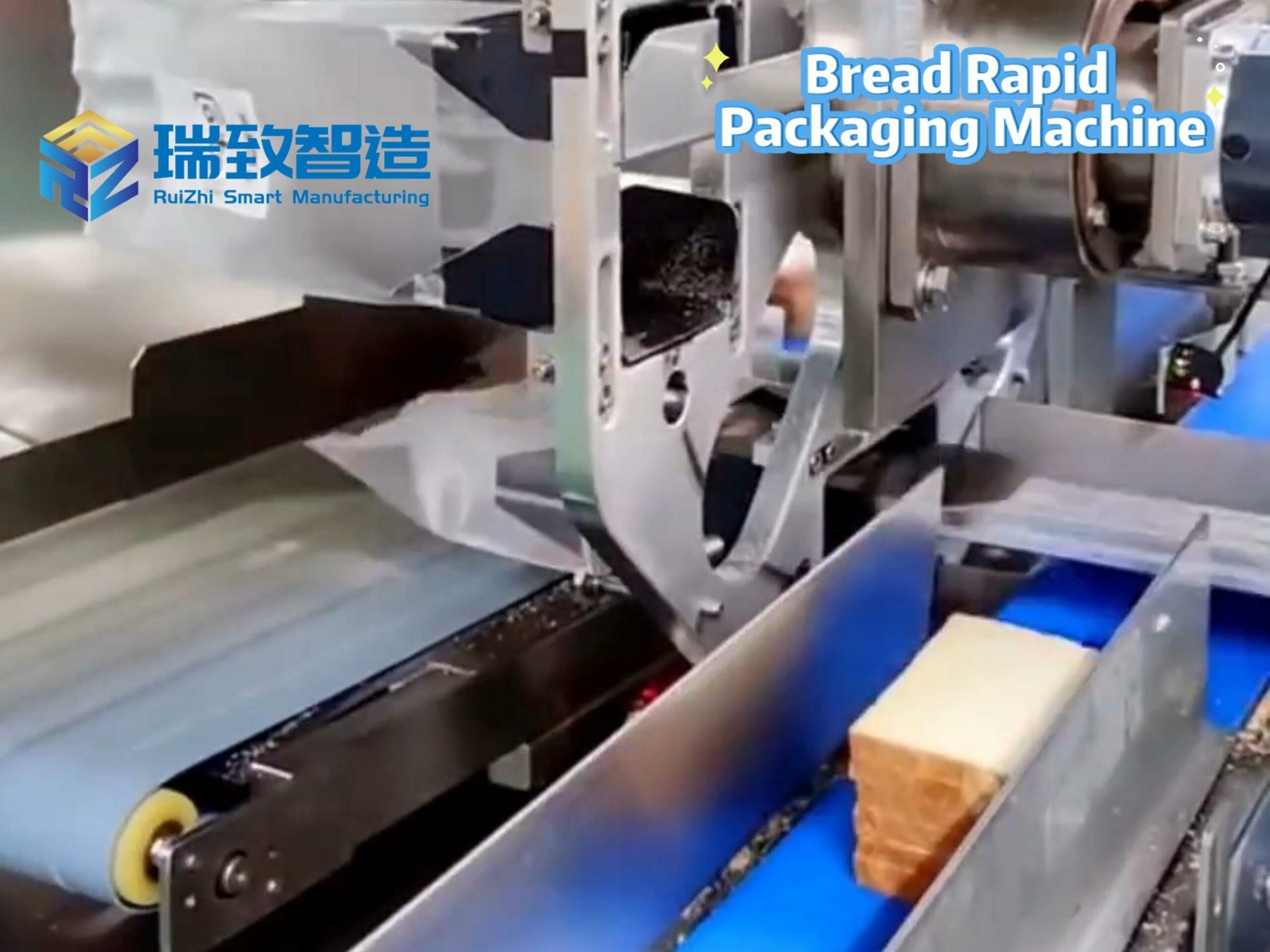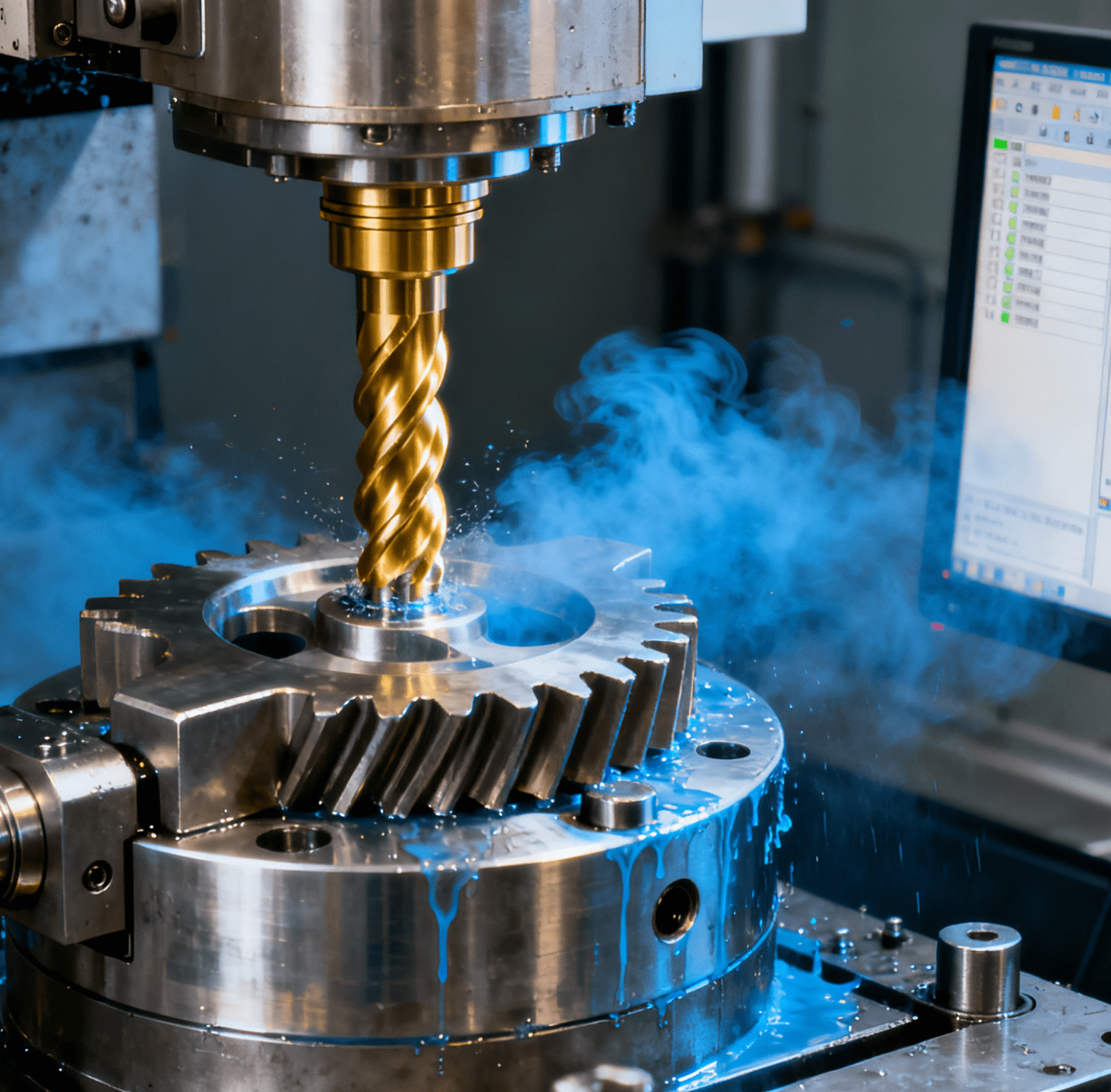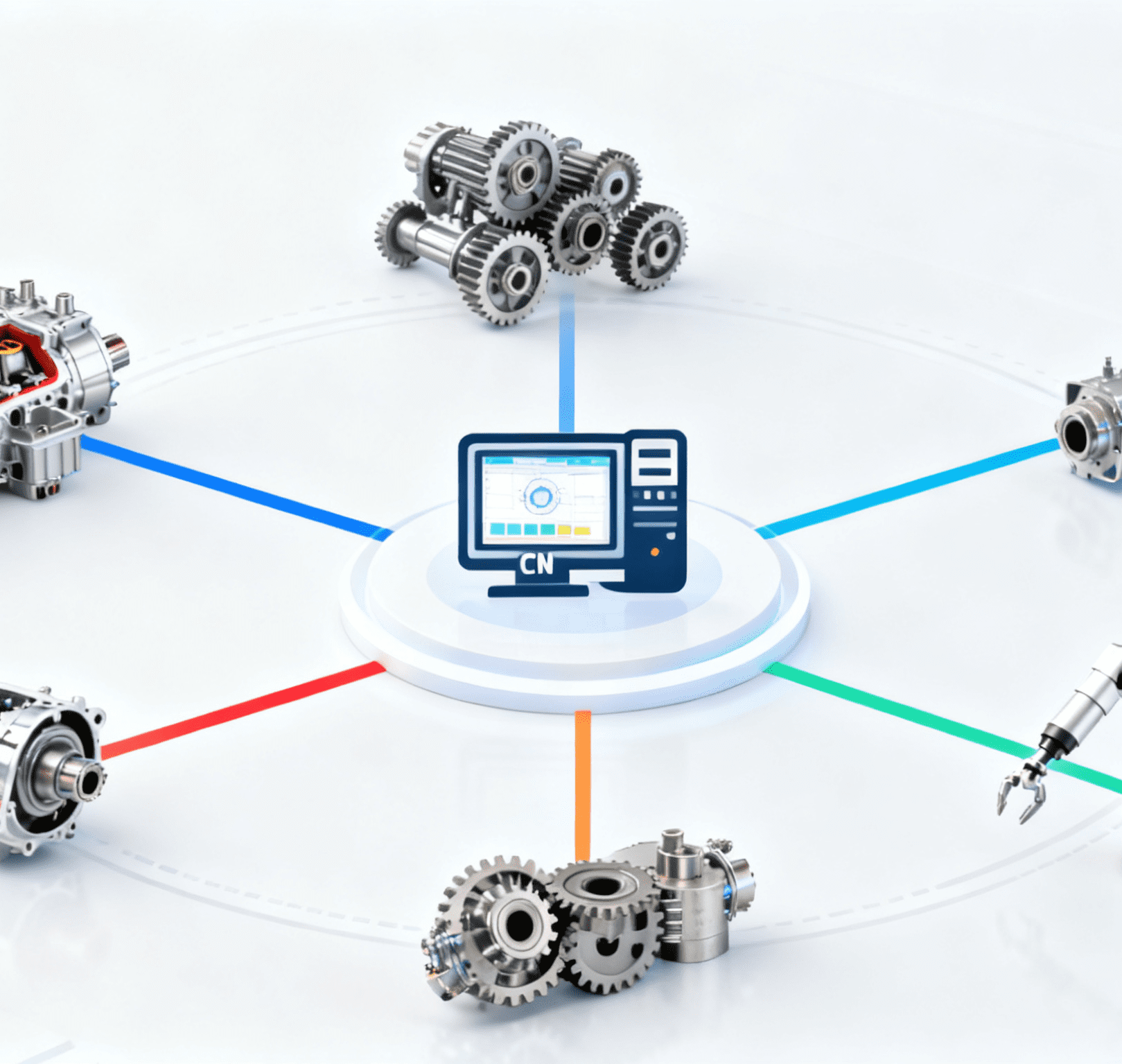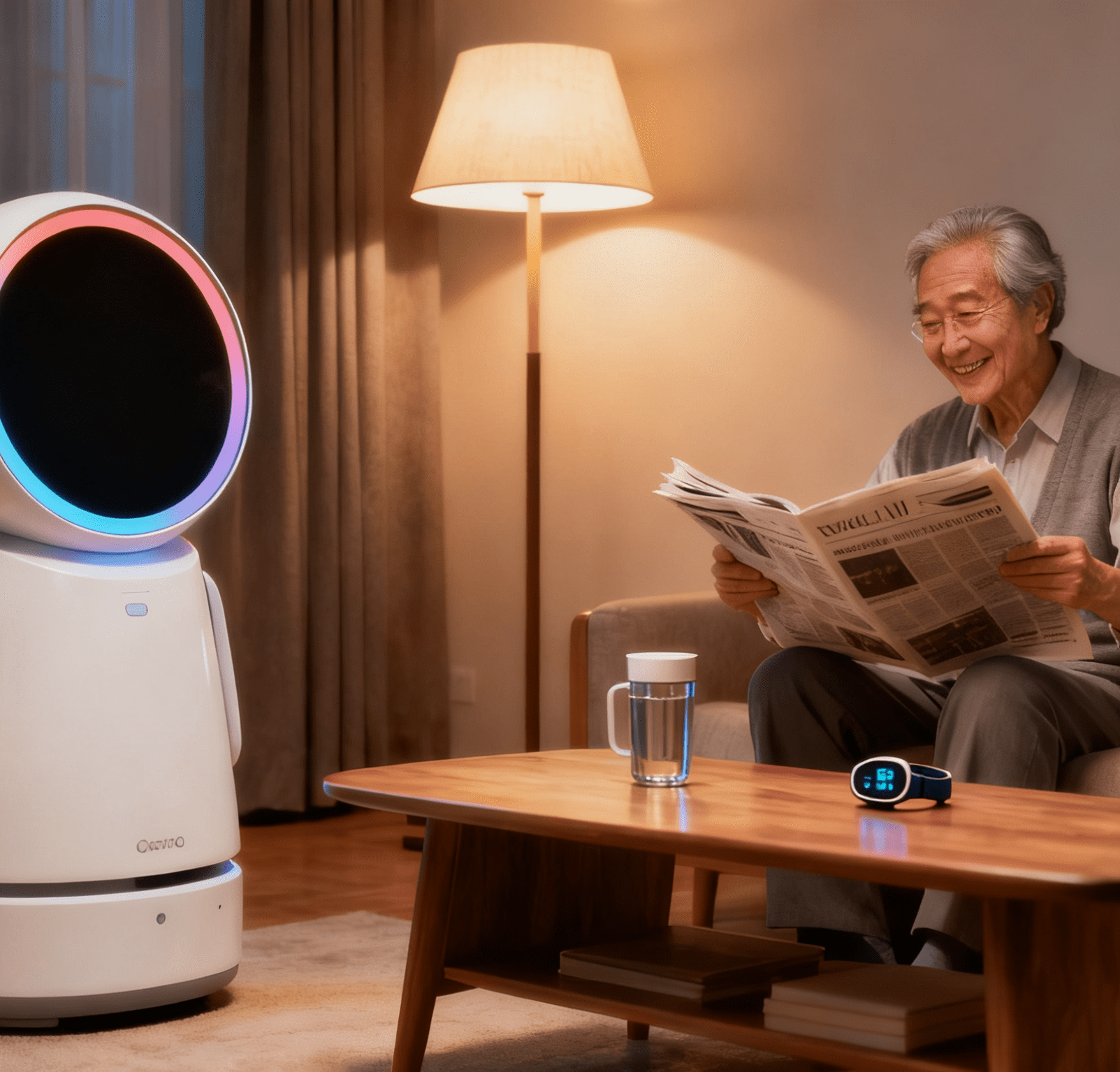Table of Contents
ToggleRedefining Robotics: High-Precision Autonomous Mobile Robots
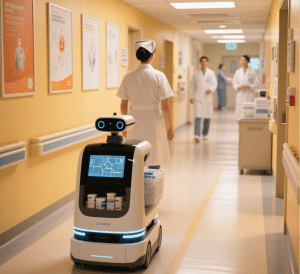
Imagine a factory where robots move with the agility of human workers, dynamically adapting to obstacles while maintaining pinpoint precision in every motion. This is the reality pioneered by Agiliad and Lattice Semiconductor, whose collaboration has birthed a new era of autonomous mobile robots (AMRs). Unlike generic solutions that compromise performance for convenience, this deep-tech AMR integrates Lattice’s Certus-NX FPGA for deterministic motion control and NVIDIA Jetson Orin for advanced ROS2-based navigation, creating a system that redefines what autonomous robots can achieve in industrial and research environments.
The Intelligence Behind High-Precision Mobility
At the core of this AMR lies a meticulously engineered architecture designed for low-latency, high-reliability operation:
- Advanced SLAM & Localization: Using RTAB-Map with 3D lidar and camera feeds, the robot constructs detailed 3D occupancy grids, even in visually ambiguous spaces, ensuring consistent positioning through loop closure and iterative closest point (ICP) odometry.
- Real-Time Obstacle Avoidance: A fusion of 3D voxel layers and spatio-temporal analysis allows the robot to detect static/moving obstacles and recalculate paths in milliseconds, guided by the SMAC global planner and MPPI local trajectory optimization.
- FPGA-Powered Motion Control: Lattice’s Certus-NX FPGA executes custom PI control loops in hardware, delivering deterministic regulation of BLDC motors for smooth acceleration, braking, and turning—critical for safety in tight quarters.
- Human-Centric Sensor Fusion: The Lattice Avant-E FPGA processes lidar and stereo camera data, using OpenCV to classify humans and objects, ensuring the robot navigates the most dynamic environments with empathy and precision.
System Architecture: A Symphony of Hardware and Software
The AMR’s layered design balances modularity and performance:
- ROS2 Orchestration: Jetson Orin manages high-level algorithms, from SLAM to path planning, while the URDF model defines robot geometry for seamless data transmission across the ROS2 network.
- FPGA Acceleration: Lattice FPGAs handle low-level tasks—sensor fusion, motor control, and real-time data processing—freeing the CPU for complex computations and ensuring sub-millisecond response times.
- Differential Drive Dynamics: This design choice prioritizes energy efficiency and simplicity, with Maxon BLDC motors providing high torque (4.5+ Nm) for payload handling and convex caster wheels enabling agile turns in confined spaces.
A Glimpse into Autonomous Decision-Making
The robot’s operational cycle mirrors human intuition:
- Self-Awareness: RTAB-Map SLAM continuously updates its position, resolving ambiguities through visual and spatial cues.
- Goal Planning: User-defined objectives trigger SMAC to generate optimal global routes, balancing safety and efficiency.
- Dynamic Adaptation: MPPI evaluates dozens of trajectories in real-time, adapting to obstacles by prioritizing low-risk paths.
- Safety Nets: If blocked, the robot replans instantly; if no path exists, behavior servers activate recovery protocols, ensuring operational resilience.
Lattice FPGA: The Backbone of Reliable Autonomy
Lattice’s Certus-NX and Avant-E FPGAs are indispensable for this AMR’s success:
- Low Power, High Performance: Extended battery life meets the demands of 24/7 industrial use.
- Flexible Customization: Custom control logic and sensor interfaces adapt to evolving tasks without hardware overhauls.
- Deterministic Control: Hardware-accelerated PI loops and commutation sequencers ensure predictable, vibration-free motion—critical for precision applications.
Conclusion: Pioneering the Next Generation of Industrial Robotics
Agiliad’s AMR isn’t just a robot; it’s a blueprint for the future of autonomous systems. By integrating Lattice’s FPGA expertise with NVIDIA’s computing power, the platform achieves a rare balance of agility, precision, and energy efficiency, setting a new standard for human-robot collaboration in manufacturing, logistics, and research.
Looking beyond traditional applications, this technology’s deterministic control and sensor fusion capabilities could revolutionize specialized machinery, such as an 변기 시트 커버용 자동 디버링 기계. In such a system, the same FPGA-optimized motion control and real-time obstacle detection could ensure precise deburring of complex plastic geometries, adapting to variations in seat cover designs while maintaining consistent quality. By minimizing human intervention and enhancing process reliability, this AMR’s architecture paves the way for high-precision automation across industries—from automotive assembly to the most intricate consumer product manufacturing.
As industries embrace smarter, more adaptive robots, Agiliad and Lattice Semiconductor prove that the future of autonomy is here today—engineered for precision, built for collaboration, and ready to redefine what’s possible.

